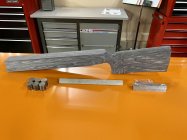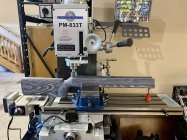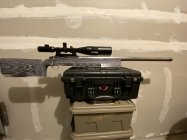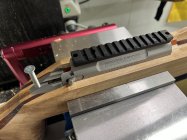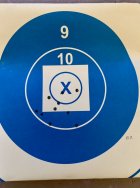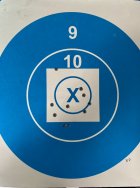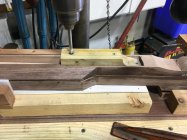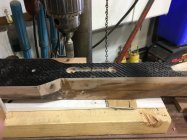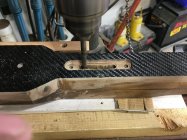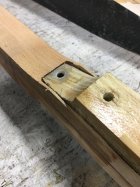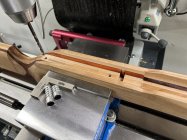LVLAaron
Gold $$ Contributor
I've come to the conclusion that there is no quality content on inletting stocks. Lots of bedding info... lots of inletting a stock that's already got a "basic inlet"
I have two stocks I want to inlet. Wood. Rem 700 footprint.
Talk me through it... I'm comfortable with the lug, and cutouts for the bolt release, port, handle, etc.
Locate and inlet trigger guard - this also locates the rear action screw.
Then... go at it with a 1.375 box cutter in the mill....
Then... pillar bed with devcon, and success?
I have two stocks I want to inlet. Wood. Rem 700 footprint.
Talk me through it... I'm comfortable with the lug, and cutouts for the bolt release, port, handle, etc.
Locate and inlet trigger guard - this also locates the rear action screw.
Then... go at it with a 1.375 box cutter in the mill....
Then... pillar bed with devcon, and success?










